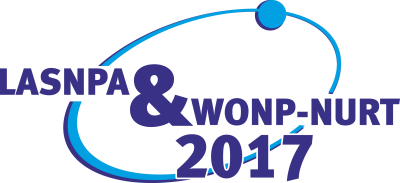Speaker
Description
Air quality models are an important tool to assess the responsibility for existing air pollution levels through the evaluation of source-receptor relationships. Back trajectories have frequently been used to identify potential source areas of air pollutants and to clarify their respective contribution at receptor sites.
CALMET/CALPUFF modelling system is well known, and several validation tests were performed until now. This system has a Back Trajectory Analysis Module that creates plots of back trajectories corresponding to user specified air quality events and locations. Each path is initiated for a particular location and starting time. Then the path of some air parcel that impacts that location at that time is mapped back in time to identify potential transport patterns and source regions associated with some air quality event.
In this work, the Back Trajectory Analysis Module of CALMET/CALPUFF system is apply in order to assess the well location of a hypothetical radiological monitoring network around the location of the major potential source of radioactive pollutants to guarantee the detection of a possible accidental spill. In this case study Havana Airport was considered the source. Eight radiological monitoring stations were placed 20km from the source arranged according eight directions (N, NE, E, SE, S, SW, W, NW). The study was conducted during a typical dry season.
As result was obtained that detection is unlikely in two stations (N and S) due to the distance between source and receptor. The remoteness of the source causes three stations (NE, E and SE) to remain blind during the complete season. Only three stations (NW, W and SW) probably will detect radioactivity during the season selected.
The nearness of the radiological monitoring station to the potential source of radioactive pollutants should be taken in account considered to guarantee the detection of a possible accidental spill regardless of the period studied.




